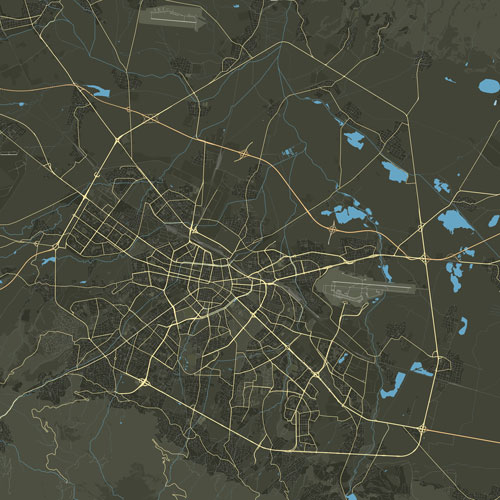The resettlement of proto-Bulgarian and Slavic tribes during the 6th to 7th centuries was a pivotal period in the shaping of Eastern European history. One significant development during this time was the emergence of Old Great Bulgaria, alternatively known as Onoguria or Palaiá Megálē Boulgaría in Byzantine texts. Ruled by Kubrat, this early medieval state thrived for approximately three decades following 632 AD, spanning the northern Black Sea region, encompassing present-day Ukraine and southern Russia.
According to Byzantine sources, Old Great Bulgaria served as a military-tribal confederation, uniting the Proto-Bulgarians and their affiliated tribes. Previously subject to the Avar and Western Turkic Khaganates’ dominion, these tribes rallied under Kubrat’s leadership to assert their autonomy. Geographically, the state extended from the Kuban River in the east to the Donets River in the north, bordered by the Sea of Azov and the Black Sea (excluding southern Crimea) to the south, and the Dnieper River to the west.
While some historical accounts suggest Phanagoria as the capital of Old Great Bulgaria, this assertion lacks robust archaeological evidence and remains subject to scholarly debate. Nonetheless, the formation of this military-tribal union marked a significant chapter in the proto-Bulgarian and Slavic tribes’ history, laying the groundwork for subsequent developments in the region’s political and cultural landscape.

